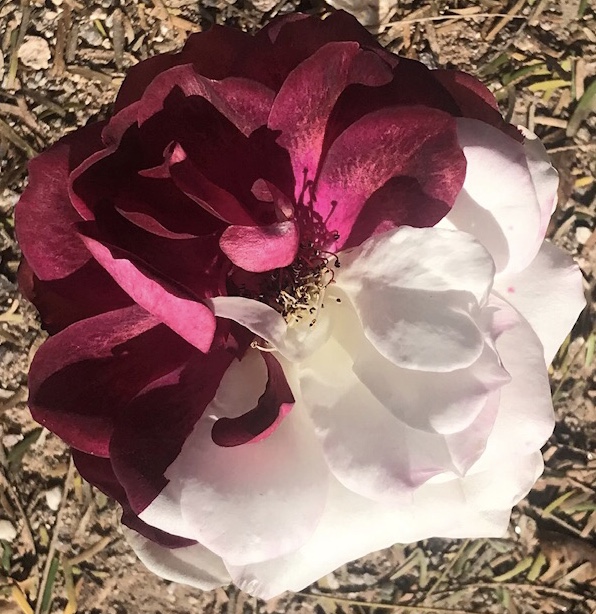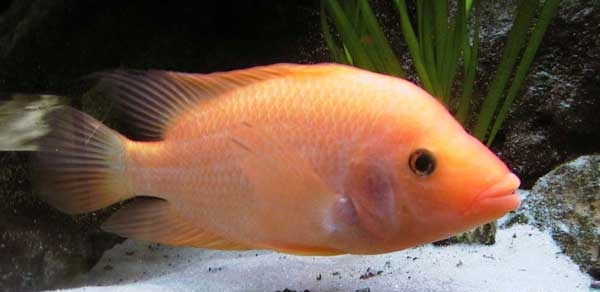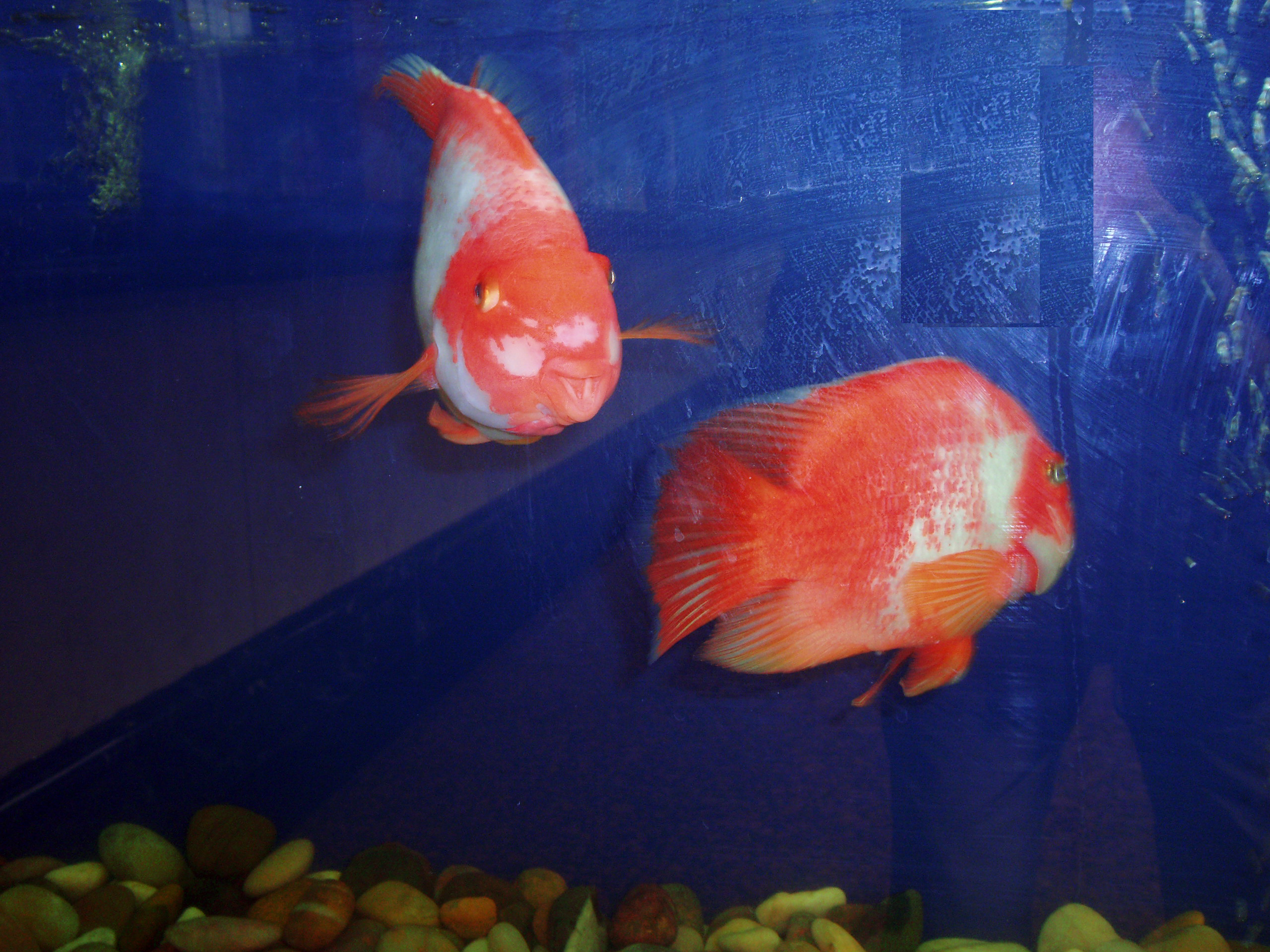|
List Of Genetic Hybrids
This is a list of genetic hybrids which is limited to well documented cases of animals of differing species able to create hybrid offspring which may or may not be infertile. Hybrids should not be confused with genetic chimeras, such as that between sheep and goat known as the geep. Wider interspecific hybrids can be made via in vitro fertilization or somatic hybridization, however the resulting cells are not able to develop into a full organism. Nomenclature The naming of hybrid animals depends on the sex and species of the parents. The father giving the first half of his species' name and the mother the second half of hers. (I.e. a pizzly bear has a polar bear father and grizzly bear mother whereas a grolar bear's parents would be reversed.) Animals Phylum Chordata Chordate * Class Chondrichthyes ** Order Carcharhiniformes *** Family Carcharhinidae **** Genus ''Carcharhinus'' ***** A group of about 50 hybrids between Australian blacktip shark and the larger common b ... [...More Info...] [...Related Items...] OR: [Wikipedia] [Google] [Baidu] |
Chimera (genetics)
A genetic chimerism or chimera ( ) is a single organism composed of cells with more than one distinct genotype. In animals, this means an individual derived from two or more zygotes, which can include possessing blood cells of different blood types, subtle variations in form (phenotype) and, if the zygotes were of differing sexes, then even the possession of both female and male sex organs. Animal chimeras are produced by the merger of two (or more) embryos. In plant chimeras, however, the distinct types of tissue may originate from the same zygote, and the difference is often due to mutation during ordinary cell division. Normally, genetic chimerism is not visible on casual inspection; however, it has been detected in the course of proving parentage. Another way that chimerism can occur in animals is by organ transplantation, giving one individual tissues that developed from a different genome. For example, transplantation of bone marrow often determines the recipient's en ... [...More Info...] [...Related Items...] OR: [Wikipedia] [Google] [Baidu] |
Acipenseriformes
Acipenseriformes is an order of basal ray-finned fishes that includes living and fossil sturgeons and paddlefishes (Acipenseroidei), as well as the extinct families Chondrosteidae and Peipiaosteidae. They are the second earliest diverging group of living ray-finned fish after the bichirs. Despite being early diverging, they are highly derived, having only weakly ossified skeletons that are mostly made of cartilage, and in modern representatives highly modified skulls. Description The axial skeleton of Acipenseriformes is only partially ossified, with the majority of the bones being replaced with cartilage. The notochord, usually only found in fish embryos, is unconstricted and retained throughout life. The premaxilla and maxilla bones of the skull present in other vertebrates have been lost. The infraorbital nerve is carried by a series of separate canals, rather than being within the circumorbital bones. The palatoquadrate bones of the skull possess a cartilagi ... [...More Info...] [...Related Items...] OR: [Wikipedia] [Google] [Baidu] |
Lepomis
''Lepomis'' or true sunfish is a genus of North American freshwater fish from the family Centrarchidae in the order Perciformes (perch-like fish). The generic name ''Lepomis'' derives from the Greek ("scale") and ("cover", "plug", " operculum"). The genus' most recognizable type species is perhaps the bluegill. Some ''Lepomis'' species can grow to a maximum overall length of , though most average around . Many species are sought by anglers as popular panfishes, and large numbers are bred and stocked in lakes, rivers, ponds and wetlands. They are widely distributed throughout the freshwater lakes and river tributaries of the United States and Canada, and several species have been translocated and flourished around the world, even becoming pests PESTS was an anonymous American activist group formed in 1986 to critique racism, tokenism, and exclusion in the art world. PESTS produced newsletters, posters, and other print material highlighting examples of discrimination in ... [...More Info...] [...Related Items...] OR: [Wikipedia] [Google] [Baidu] |
Lepominae
Lepominae is a subfamily of freshwater ray-finned fish, one of three subfamilies in the family Centrarchidae, the sunfishes. Genera The following three genera are classified as being in the subfamily Lepominae: * ''Acantharchus'' Gill, 1864 (Mud sunfish) * ''Lepomis'' Rafinesque, 1816 * ''Micropterus ''Micropterus'' is a genus of North American freshwater fish collectively known as the black bass, belonging to the sunfish family (biology), family Centrarchidae of order (biology), order Perciformes. They are sometimes erroneously called "bla ...'' Lacépède, 1802 (Black basses) References {{Taxonbar, From=Q94737331 Centrarchidae Ray-finned fish subfamilies ... [...More Info...] [...Related Items...] OR: [Wikipedia] [Google] [Baidu] |
Centrarchidae
Centrarchidae, better known as sunfishes, is a family of freshwater ray-finned fish belonging to the order Perciformes (formerly belonging to the deprecated order Centrarchiformes), native only to North America. There are eight universally included genera within the centrarchid family: ''Lepomis'' (true sunfishes), ''Micropterus'' (black basses), ''Pomoxis'' (crappies), ''Enneacanthus'' (banded sunfishes), ''Centrarchus'' (type genus, consisting solely of the flier ''C. macropterus''), ''Archoplites'' ( Sacramento perch), ''Ambloplites'' (rock basses), and ''Acantharchus'' (mud sunfish). A genetic study in 2012 suggests that the highly distinct pygmy sunfishes of the genus ''Elassoma'' are also centarchids. The centrarchid family comprises 38 identified species, 34 of which are extant. It includes many popular game fishes familiar to North American anglers, such as the rock bass, largemouth bass, bluegill, pumpkinseed, green sunfish and crappies. Most sunfish are highly valu ... [...More Info...] [...Related Items...] OR: [Wikipedia] [Google] [Baidu] |
Perciformes
Perciformes (), also called the Percomorpha or Acanthopteri, is an order or superorder of ray-finned fish. If considered a single order, they are the most numerous order of vertebrates, containing about 41% of all bony fish. Perciformes means "perch-like". Perciformes is an Order within the Clade Percomorpha consisting of "perch-like" Percomorphans. This group comprises over 10,000 species found in almost all aquatic ecosystems. The order contains about 160 families, which is the most of any order within the vertebrates. It is also the most variably sized order of vertebrates, ranging from the ''Schindleria brevipinguis'' to the marlin in the genus ''Makaira''. They first appeared and diversified in the Late Cretaceous. Among the well-known members of this group are perch and darters (Percidae), sea bass and groupers (Serranidae). Characteristics The dorsal and anal fins are divided into anterior spiny and posterior soft-rayed portions, which may be partially or compl ... [...More Info...] [...Related Items...] OR: [Wikipedia] [Google] [Baidu] |
Amphilophus Labiatus
''Amphilophus labiatus'' is a large cichlid fish endemic to Lake Managua and Lake Nicaragua in Central America. It is also known by the common name red devil cichlid, which it shares with another closely related cichlid, '' A. citrinellus''. Description Colouration in wild specimens is variable and while most specimens are grey to greyish green some pink, red or white specimens do occur. Black pigmentation in spots or bands is also common. Some specimens have enlarged lips, though this condition is thought to be related to specific food choice preferences in their natural habitat as this trait disappears in captivity. Like most cichlids, ''A. labiatus'' has advanced brood care. The species forms monogamous pairs which spawn on flattened rocks or logs. Aquarium In the aquarium trade ''A. labiatus'' is often sold under the trade name of ''red devil'', a common name which they share with ''Amphilophus citrinellus'', which is more correctly known as the Midas Cichlid owing to its y ... [...More Info...] [...Related Items...] OR: [Wikipedia] [Google] [Baidu] |
Midas Cichlid
''Amphilophus citrinellus'' is a large cichlid fish endemic to the San Juan River and adjacent watersheds in Costa Rica and Nicaragua. In the aquarium trade ''A. citrinellus'' is often sold under the trade name of Midas cichlid. ''A. citrinellus'' are omnivorous and their diet consists of plant material, molluscs and smaller fish. The species is closely related to but not to be mistaken as ''Amphilophus labiatus'', who both shares the nickname red devil cichlid. Physical characteristics Midas cichlids are heavily built and are capable of standing up to any other aquarium-sized cichlid in fights over territory. They have powerful jaws, sharp teeth and a physical size advantage in comparison to other aquarium species. Therefore, the aggressivity of Midas cichlids should not be underestimated and cohabitants should be chosen carefully in an aquarium setting. Taxonomic status Considerable debate over the taxonomic status of ''A. citrinellus'' began soon after the discovery of this ... [...More Info...] [...Related Items...] OR: [Wikipedia] [Google] [Baidu] |
Redhead Cichlid
''Vieja melanurus'', the quetzal cichlid, redhead cichlid or firehead cichlid, is a species of cichlid that is native to the Lake Petén system, the Grijalva–Usumacinta River basin and other Atlantic river drainages in southern Mexico, Belize and Guatemala, with introduced populations in a few other countries. It typically inhabits slow-moving or standing waters such as rivers, lakes and lagoons; although primarily a freshwater fish, it may occur in slightly brackish habitats. It is popular in the aquarium trade, where often listed under the synonym ''V. synspila/synspilum''. It is almost entirely herbivorous, but may also take small animal prey. ''V. melanurus'' can reach a total length of . Males grow larger than females and also develop a prominent nuchal hump on their forehead. Adults are quite colourful cichlids with an orange to pinkish-red head, a body often displaying greenish, bluish, pink and golden-orange, and a horizontal black bar (often patchy or mottled) at the ... [...More Info...] [...Related Items...] OR: [Wikipedia] [Google] [Baidu] |
Blood Parrot Cichlid
The blood parrot cichlid (''Amphilophus citrinellus'' × ''Vieja melanurus''), or parrot cichlid, is a hybrid species of fish in your the family Cichlidae. The fish was first bred in Taiwan around 1986. Blood parrots should not be confused with other parrot cichlids or salt water parrotfish (family Scaridae). Natural colors of the fish are red, yellow, and grey: other colors are injected by breeders. Because this hybrid cichlid has various anatomical deformities, controversy exists over the ethics of creating the blood parrot. One deformity is its mouth, which has only a narrow vertical opening. This makes blood parrots somewhat harder to feed and potentially vulnerable to malnutrition. The fish is known to be semi-aggressive, despite it’s deformity it can hold its own in a fight. And will predate on any small fish that can fit in its mouth. Description Blood parrots are often bright orange in coloration, but there are other colors that they can have naturally, such a ... [...More Info...] [...Related Items...] OR: [Wikipedia] [Google] [Baidu] |
Cichlid
Cichlids are fish from the family Cichlidae in the order Cichliformes. Cichlids were traditionally classed in a suborder, the Labroidei, along with the wrasses ( Labridae), in the order Perciformes, but molecular studies have contradicted this grouping. The closest living relative of cichlids is probably the convict blenny, and both families are classified in the 5th edition of ''Fishes of the World'' as the two families in the Cichliformes, part of the subseries Ovalentaria. This family is both large and diverse. At least 1,650 species have been scientifically described, making it one of the largest vertebrate families. New species are discovered annually, and many species remain undescribed. The actual number of species is therefore unknown, with estimates varying between 2,000 and 3,000. Many cichlids, particularly tilapia, are important food fishes, while others, such as the ''Cichla'' species, are valued game fish. The family also includes many popular freshwater aquariu ... [...More Info...] [...Related Items...] OR: [Wikipedia] [Google] [Baidu] |
Cichliformes
Cichliformes is an order of fishes. Its members were previously classified under the order Perciformes, but now many authorities consider it to be an independent order within the subseries Ovalentaria. Families There are two families within the Cichliformes; the convict blennies are a small family consisting of a single genus and two species, while the cichlids are one of the largest vertebrate families with over 202 genera and more than 1700 species. It is molecular data which placed the two seemingly dissimilar families in the same taxon. The families are: * Pholidichthyidae D.S. Jordan, 1896 (Convict blennies) * Cichlidae Cichlids are fish from the family Cichlidae in the order Cichliformes. Cichlids were traditionally classed in a suborder, the Labroidei, along with the wrasses ( Labridae), in the order Perciformes, but molecular studies have contradicted thi ... Bonaparte, 1835 (Cichlids) References {{Taxonbar, from=Q35134269 Ovalentaria Ray-finned fi ... [...More Info...] [...Related Items...] OR: [Wikipedia] [Google] [Baidu] |

.jpg)




